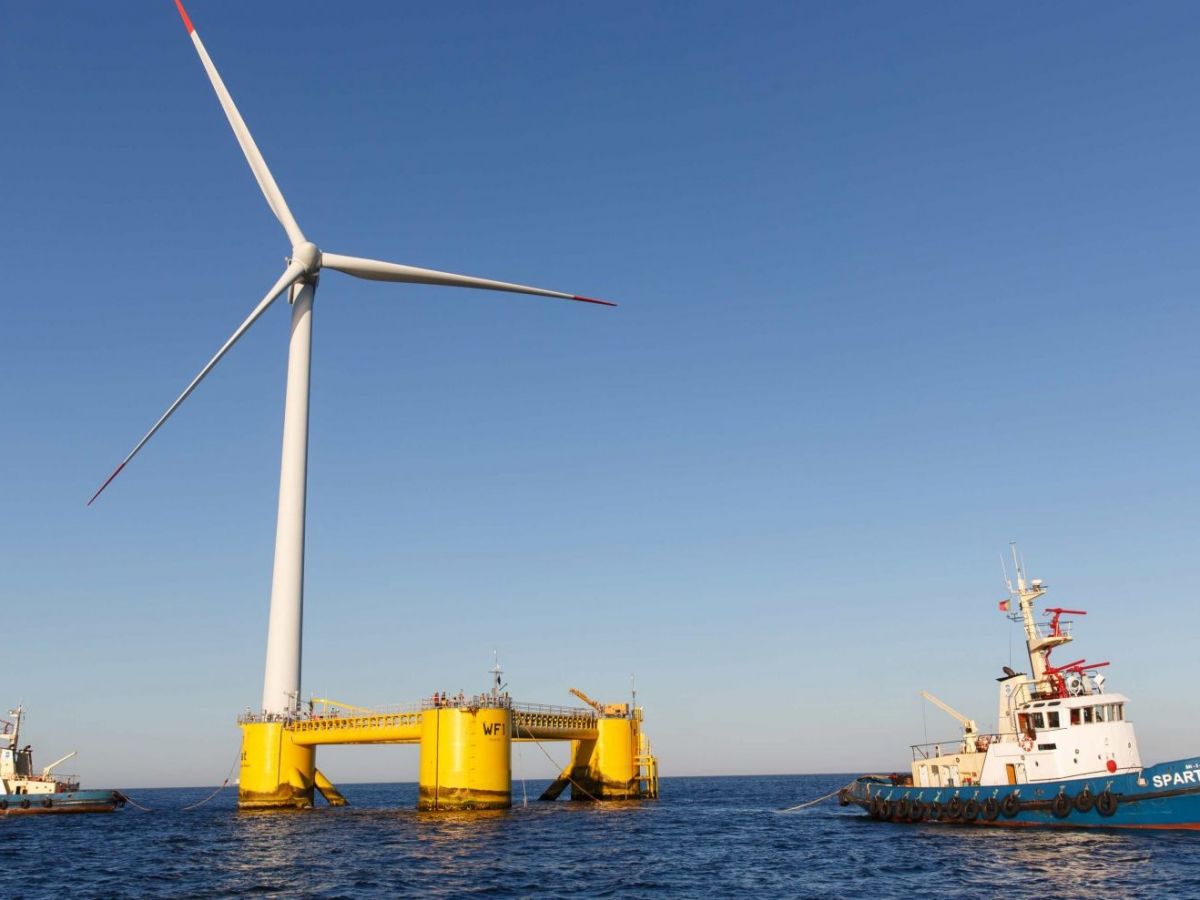Project director José Pinheiro said there are “positive signals from the government suggesting that the auction model is nearing consensus, with the timelines pointing to a potential launch this year or in 2026.”
Pinheiro highlighted the April publication in Portugal’s official gazette of a decree defining the framework and preparations for the competitive bidding process. He emphasised that the “future expansion of this technology is closely tied to the rollout of these auctions.”
“Given the current global macroeconomic and geopolitical uncertainty, it’s natural that we face delays. But we are a global company, and investment can be redirected elsewhere if needed,” he added.
The auction is part of the National Maritime Spatial Plan for Offshore Renewable Energy (PAER), approved in January, which designates over 2,700km2 of sea space for offshore wind development. It includes areas such as Viana do Castelo (0.8GW), Leixões (2.5GW), Figueira da Foz (4.6 GW), Sines (1.5 GW), and Aguçadoura.
According to Pinheiro, five years of WindFloat operation have enabled Ocean Winds to deepen its expertise in floating wind technology. “This technology is ready to scale, providing the potential of floating offshore wind and positioning Portugal as a global leader in the clean energy transition.”
Since connecting to the grid in late 2019, WindFloat Atlantic has produced 345 GWh of electricity, powering 25,000 homes and avoiding over 33,000 tonnes of CO2 emissions.














